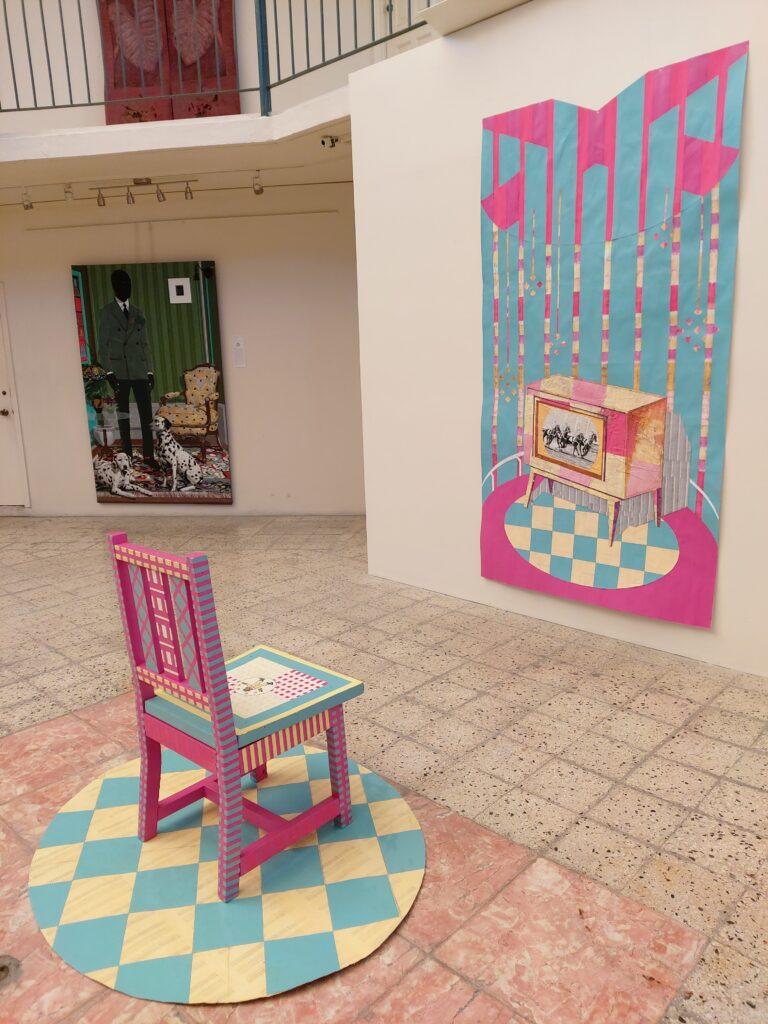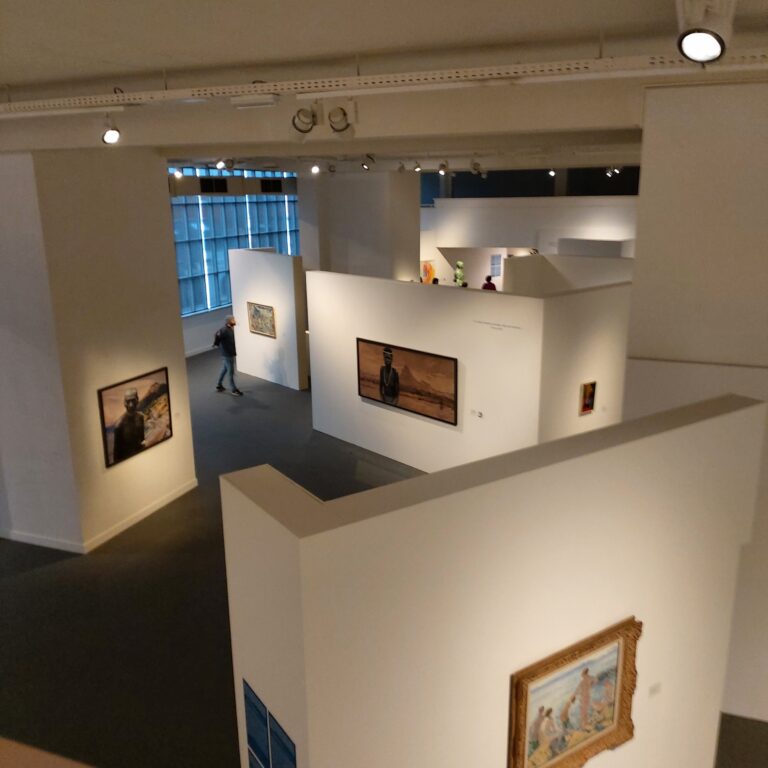The Sha’Carri Richardson, LA Lewis strategies and Jamaican music

Sha’Carri Richardson came last in the women’s 100 metre race at the Prefontaine Classic in Eugene, Oregon, in August. However, based on the US press coverage, Richardson at least tied for first with Elaine Thompson-Herah, who ran 10.54 seconds to become officially the second fastest woman over the distance but, in reality, the unacknowledged world record holder. Richardson’s time of 11.14 seconds would not have landed her even a reserve spot on Jamaica’s women’s 4 x 100 metre team to the Tokyo Olympics, but she nabbed prime billing at the 2021 Met Gala.
LA Lewis’ name has been literally inscribed on the walls of Kingston and St Andrew for many years, all in the same spray-painted handwriting. One of the more well-known ones was near the Tivoli Gardens sports complex, where persons heading to Coronation Market as well as the central bus park for rural transportation could not help but see it. (Now that is a prime exposure spot many an advertiser would kill for!). It read ‘LA Lewis, The Pore Love You’. I read many stories about LA Lewis as an entertainer, long before he mutated into a Maroon crusader, I have heard him referred to by another entertainment figure as ‘LA Chewis’ (all in the nature of a clash), I have seen a CD with ‘LA Lewis, featuring Michael Jackson’. Having covered entertainment for close to two decades I have seen LA Lewis perform, once, at Culture Yard in Trench Town as part of a Bob Marley celebration. His rhymes included rat with bat.
In their respective fields of sprinting and deejaying, Richardson and Lewis are far from the best for the former and amusingly substandard for the latter. However, they are very well known, which is tradeable currency in a world where somehow standing out from the teeming mass on the Internet. Their positions are different – Richardson is in a country with a press which tends to be fervently nationalistic, always seeking a home-grown hero and painfully aware of the questions around Florence Griffiths-Joyner’s women’s 100 metre world record. LA Lewis is in a situation where the Jamaican entertainment press has paid a lot of attention to gimmicks, from purportedly tattooed eyeballs to persons carrying liquid petroleum gas cylinders to dances and one young man who filmed himself in a XXX rated video, literally daggering to his own song.
The USA can afford to commit press time to Richardson. She may improve, another sprinter will come along, it is really neither here nor there in a country with that media and economic might. Jamaica, on the other hand, has suffered significantly from paying attention to gimmicks and controversies and supposed beefs between entertainers, instead of thoroughly recognizing and analysing a popular music culture which has swept the globe. The situation is not as bad as saying that we have done nothing, but we have focused on the equivalent of many a Sha’Carri Richardson while giving passing mention to the Shericka Jacksons (bronze in the 2021 Prefontaine classic behind Shelly-Ann Fraser-Pryce’s silver, maintaining the same Jamaican 1-2-3 as the Tokyo Olympics) of music. And this applies to men and women.
Then we complain that ‘forinna tek whe we music’.
At the heart of the deficiency is payola, which I believe has become like the money a taxi driver pays to a ‘loader man’, a sum of money provided to someone who has inserted himself into a transaction and then charges for their unnecessary and even detrimental involvement. And if they are not paid to intervene in the simple process of provision of transportation services, then it will be interrupted (with unpleasant consequences for the taxi operator). In the media coverage of Jamaican popular music, the equivalent of that interruption is not being written about or not being given airtime in mainstream media outlets. But while the compliant taxi drivers getting more trips do not have a large ripple effect on the national good, the promotion of inferior talent damages a national resource.
There has to be specific Jamaican popular music media training (and theatre, film, dance, fine arts) to counter this. We cannot be touting our cultural power without having the capability to record and analyse it properly and honestly. In this regard, at the moment we are the Sha’Carri Richardson of our own music, running way behind but our gimmicks of tattoos and brightly coloured weave creating a striking image as we gloriously underperform.
Mel Cooke covered Jamaican entertainment as a print journalist for almost two decades, overlapping with his MPhil research on dancehall and experiential marketing with the Institute of Caribbean Studies, UWI, Mona, where he is now working on a PhD while lecturing in the Bachelor of Arts, Communication Arts and Technology (BACAT) programme at the University of Technology, Jamaica (UTech, Ja.).






